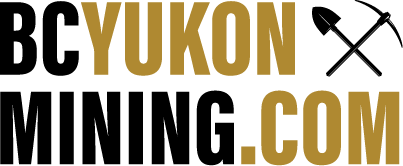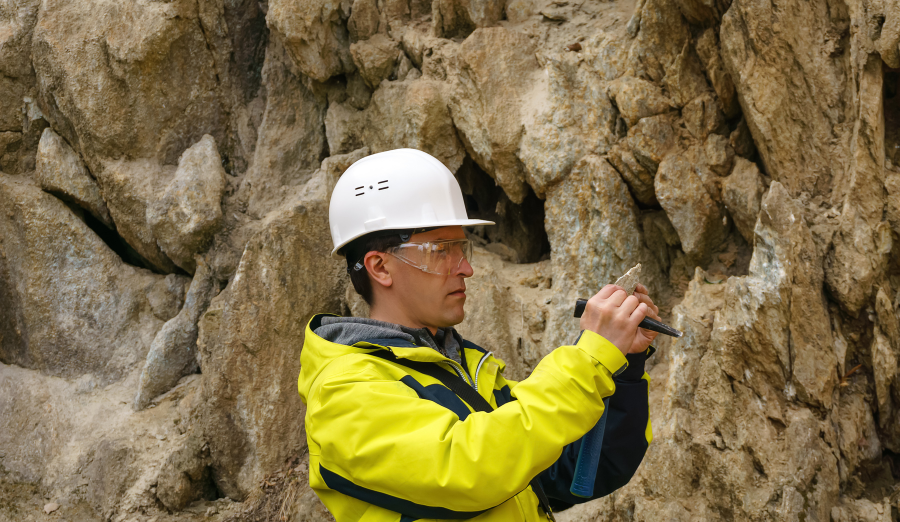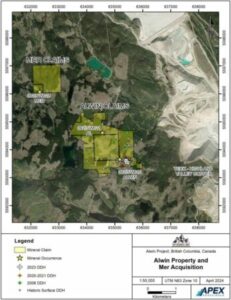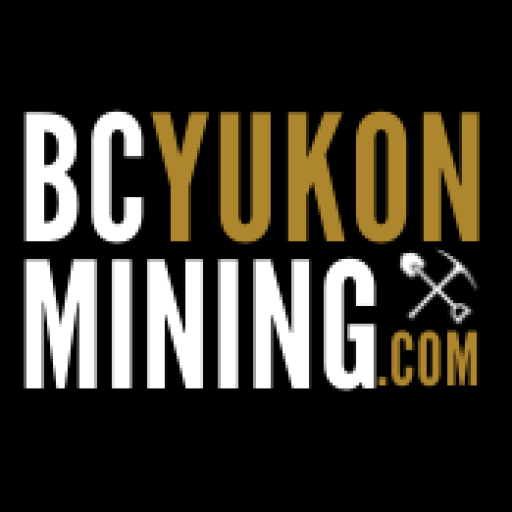- Really, how important is mining to the economy? After all, there are only a handful of active mines in BC and the Yukon!
- The truth is, it’s important because the mining sector is about more than just mines. It’s about mines AND mineral exploration.
- Canada is a politically stable part of the world, and since BC and the Yukon are both rich with minerals, the region is an attractive place to invest in and explore. In fact, according to the Mining Journal’s 2018 World Risk Report, BC was found to be the least risky jurisdiction in the world for companies who wanted to invest in mining projects.
- “Every town is a mining town,” according to the Mining Suppliers Association of BC (MCABC). In 2019 MSABC produced the One Province, One Economy study of the mining supply chain. The study revealed just how significant the sector’s contribution is throughout the province. In small towns like Smithers, for example, mining purchased more than $35 Million in goods and services from the community (these numbers do not include payroll). In Prince George – a city that barely acknowledges anything other than forestry – the mining sector purchased more than $ 252 Million in goods and services. Further south, Vancouver was declared the mining capital of the world in 2017 – as more than 800 mining and junior exploration companies are headquartered there.
The evolving industry has also made steps towards reconciliation. BC was the first province to implement revenue-sharing programs with Indigenous communities, allowing them to receive a direct portion of mineral tax revenue from mines operating in their ancestral lands. By 2020, 32 Economic and Community Development Agreements had been signed with 44 Indigenous groups, with negotiations for additional agreements either ongoing or in the planning stages. In the Yukon, eleven of the 14 First Nations in the territory have land claim agreements in place. Both governments are moving forward to include indigenous communities in the approval process.
The mining industry was an initial catalyst in the development of BC. It continues to be a catalyst for the development of our rural infrastructure today. Over the last ten years BC has seen significant infrastructure upgrades, especially in northwest BC. First, Highway 37 was upgraded, followed by a $ 746 Million power project (the Highway 37 Power Project), then came a $ 13+. Million investment in communication (TNDC Fibre Optic Project), and upgrades to our ports in both Stewart and Prince Rupert. The industry is also a leading supporter of community initiatives and programs, such as education, health, and cultural organizations, and is committed to responsible environmental stewardship.
- So while there are limited number of active mines in BC and the Yukon, the industry is very healthy. The region’s wealth of minerals and political stability have made it an attractive destination for investment and exploration at a time when the commercial demand for minerals has never been greater.
Some statistics follow:
- Employment – BC: Mining employs more than 30,000 people in British Columbia (Source: BC Government, Mining Jobs Task Force Report, December 2018)
- GDP – BC: Mining and Oil Extraction contributed 4.55% of the province’s GDP, or $ 22.2 Billion (Source: Statista, May 2022). Agriculture, forestry, and fishing contributed a combined total of 2.17%
- Employment – Yukon: 1,607 people are directly employed in the Yukon Mining Sector (2017, canadaaction.ca)
- GDP – Yukon: Mining, Quarrying, and Oil & Gas Extraction account for 14.4% of Yukon’s GDP (Source: Statista, 2021)
- In the Yukon: YK’s GDP by industry increased by 10 per cent in 2021 and approximately 45 per cent of this growth is attributed to the mining sector.
According to the US Geological Survey: The average person will need a lifetime supply of 1,500 pounds of copper, 3,593 pounds of aluminum, and 32,700 pounds of iron. (Source: USGS)














